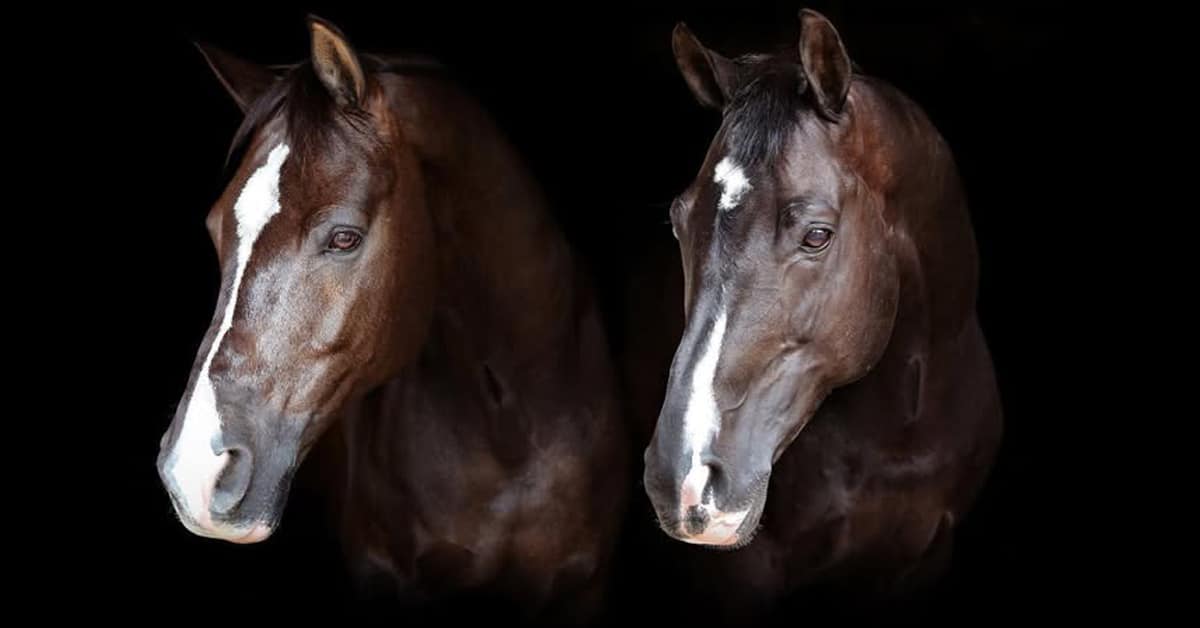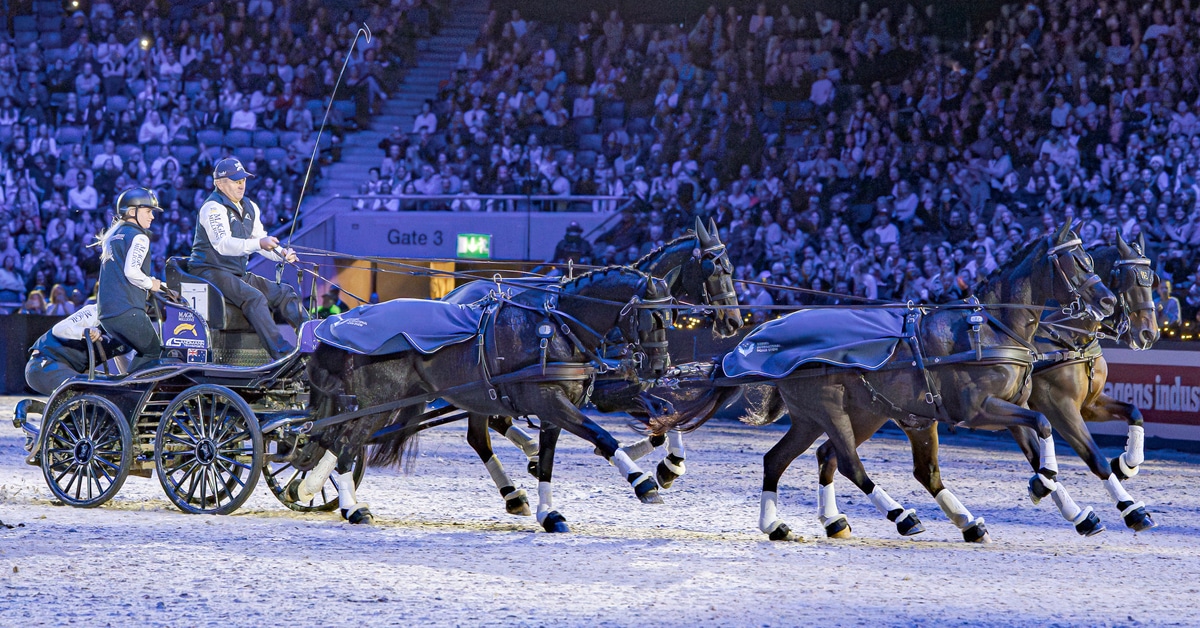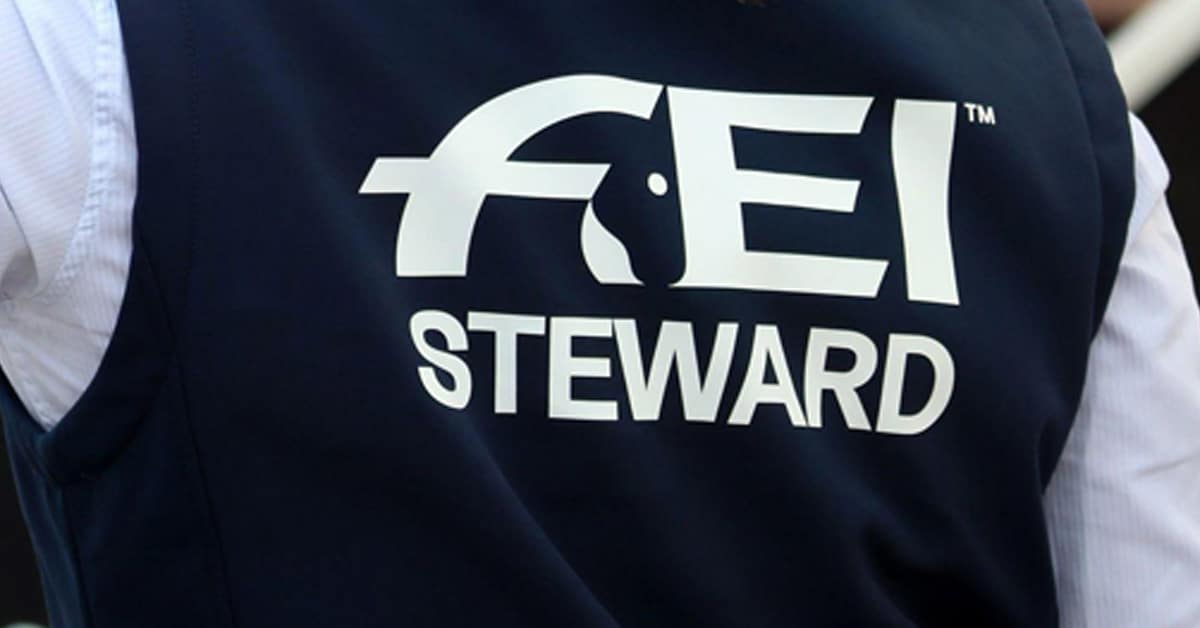A decision endorsing the rights of the public to lodge protests about horse abuse to the FEI has been handed down by the Court of Arbitration for Sport (CAS). Top Emirati endurance rider Abdul Rahman Saeed Saleh Al Ghailani appealed against a 12-month suspension imposed by the FEI Tribunal in June 2019. He argued that the protest from campaigning group Clean Endurance, lodged six days after the alleged incident, was not allowable under FEI General Regulations (GAs.) The rider also denied he had committed abuse.
The CAS panel, presided over by Judge Franco Frattini, partially accepted his appeal and reduced Al Ghanilani’s suspension to eight months.
But CAS found he had nontheless committed abuse. CAS also rejected the arguments of the rider’s legal team from Morgan Sports Law – Mike Morgan, Lisa Lazarus, Tom Seamer and Emma Waters – that Clean Endurance’s protest was inadmissible; the importance of horse welfare to the FEI meant it should deal with abuse as it sees fit.
This was the first time an endurance abuse case has been appealed to CAS. The original protest to the FEI stemmed from the President’s Cup CEI 3* 160km race at Al Wathba, Abu Dhabi in February 2019. [The original Tribunal decision notice is embedded here and the video evidence can be seen here]
Clean Endurance’s Pauline van Drumpt reviewed video after the event and alleged that the rider had excessively kicked Sarab and pulled the reins with high hands. The horse was also pushed beyond its limits, and chased by members of his crew. Upholding that protest, the FEI Tribunal last year suspended the rider, fined him 4,000 Swiss francs and disqualified his second-placed result.
In sport, field of play decisions by ground juries are rarely overturned. There is a time-limited process for protesting most rule breaches, restricted to personnel directly connected to the competition, dealt with under Article 163 of FEI GAs. However, FEI rules have special, separate provisions for horse abuse in Article 142. This allows abuse to be reported to the Secretary General of the FEI at any time after the event by any person.
Al Ghailani’s defence argued that the wording of Article 142 refers the procedure back to Article 163, which meant the protest should have been filed on the day to the ground jury. His riding was a field-of-play issue, which cannot be reviewed unless there is evidence of bad faith by the judges. Sarab had passed six vet checks, and on the day the ground jury did not act on any alleged abuse; the president of the ground jury later stated that in his opinion, abuse had not occurred.
Al Ghailani also said his crew shown in the video evidence was not chasing the horse, but in fact running back towards the crew car. He had not kicked excessively or pulled the reins, though he also told CAS this type of action in endurance was “commonplace” and did not result in other riders being sanctioned. He had stopped kicking “once it became clear it was having no effect.”
However, CAS agreed with the FEI’s legal team, Anna Thorstenson and Ana Kricej, that FEI rules allow it to act against horse abuse regardless of any ground jury finding; horse welfare, one of the FEI’s “paramount objectives” can only be achieved if a legal process is kept “flexible.”
The principle of lex specialis applied [Editor’s note: in legal doctrine, lex specialis means that when two laws govern the same factual situation, the specific rule lex specialis over-rides any general rule, lex generalis.]
CAS also noted that under Article 163 itself, clause 163.9 allows the FEI “at its sole discretion …and notwithstanding anything to the contrary …. to open a disciplinary case against a person (s) in the event that conduct brings equestrian sport and the FEI in particular into disrepute … and/or in the case of an abuse of a horse.”
CAS added: “Because the preservation and protection of the welfare of the horse represents such an important and statutory objective of the FEI, it not only has a statutory right to act against horse abuse but also a statutory obligation to do so.
“The appellant’s reading of the relevant provisions of the GR – according to which only the ground jury would be able to observe, determine and sanction cases of horse abuse – is incompatible with the FEI’s laudatory goal of establishing a worldwide uniform process for ensuring the protection and preservation of the welfare of horses rather than potentially fragmented determinations by local ground juries. Acceptance of appellant’s assertion would create an unjustifiable gap in the FEI’s regulatory system for the legal protection of the horses.”
CAS said that, having watched the video, the rider was “clearly kicking and flapping forcefully”, and “powerfully pulling the reins up and down.” Sarab was “clearly exhausted.” It disagreed these actions were commonplace.
CAS reduced the suspension because the FEI Tribunal had not given reasons for suspending the rider for twice the six-month period recommended last year by FEI Legal. It was the rider’s first offence, no concerns were raised by the ground jury, the FEI had not taken action against the ground jury, the horse passed vet checks, it was “not obvious” abuse and the behaviour of the crew was not an aggravating factor under Article 807.7 of FEI Endurance Regulations.
The rider was ordered to pay 3,000 Swiss francs towards the FEI’s costs.
More News










